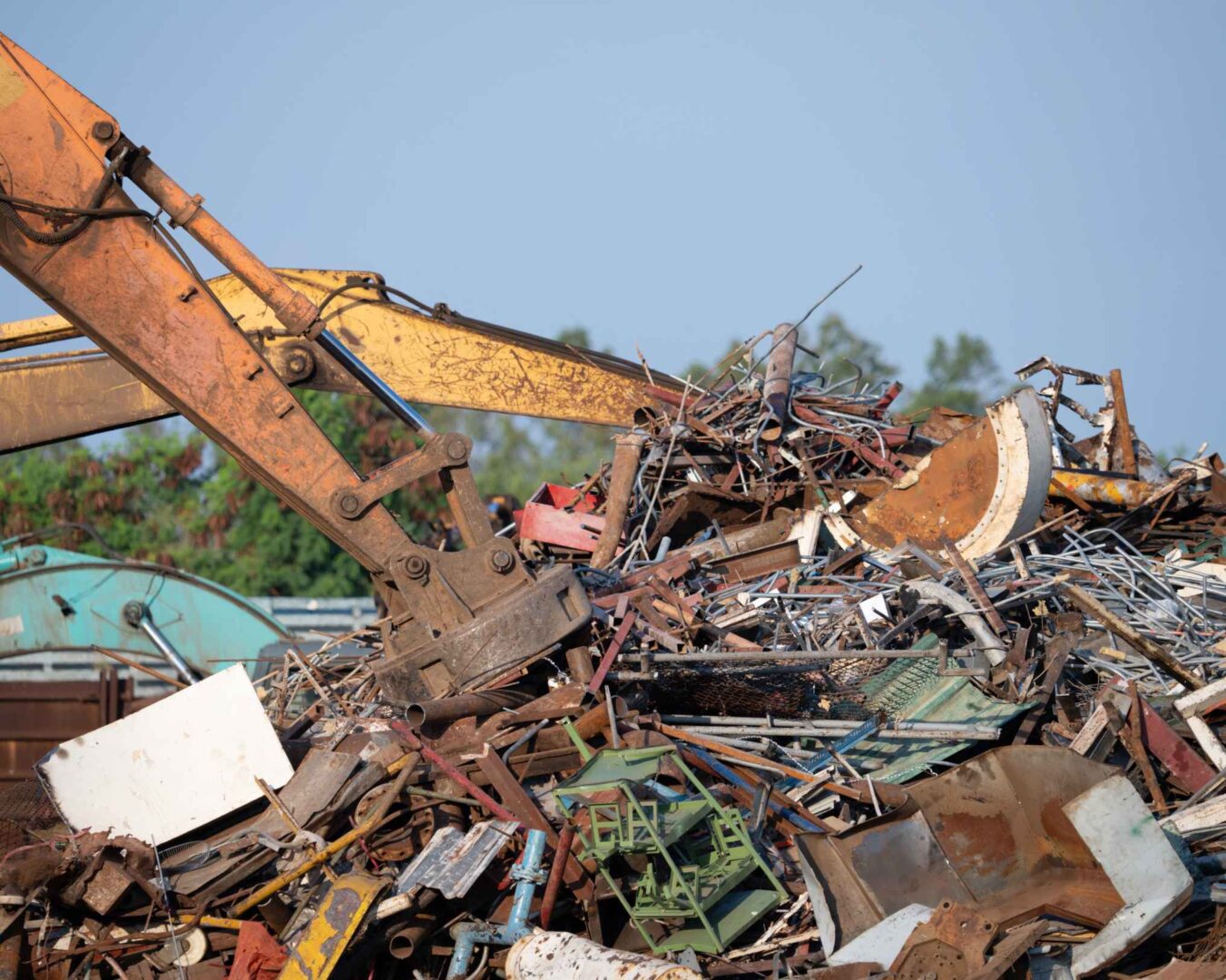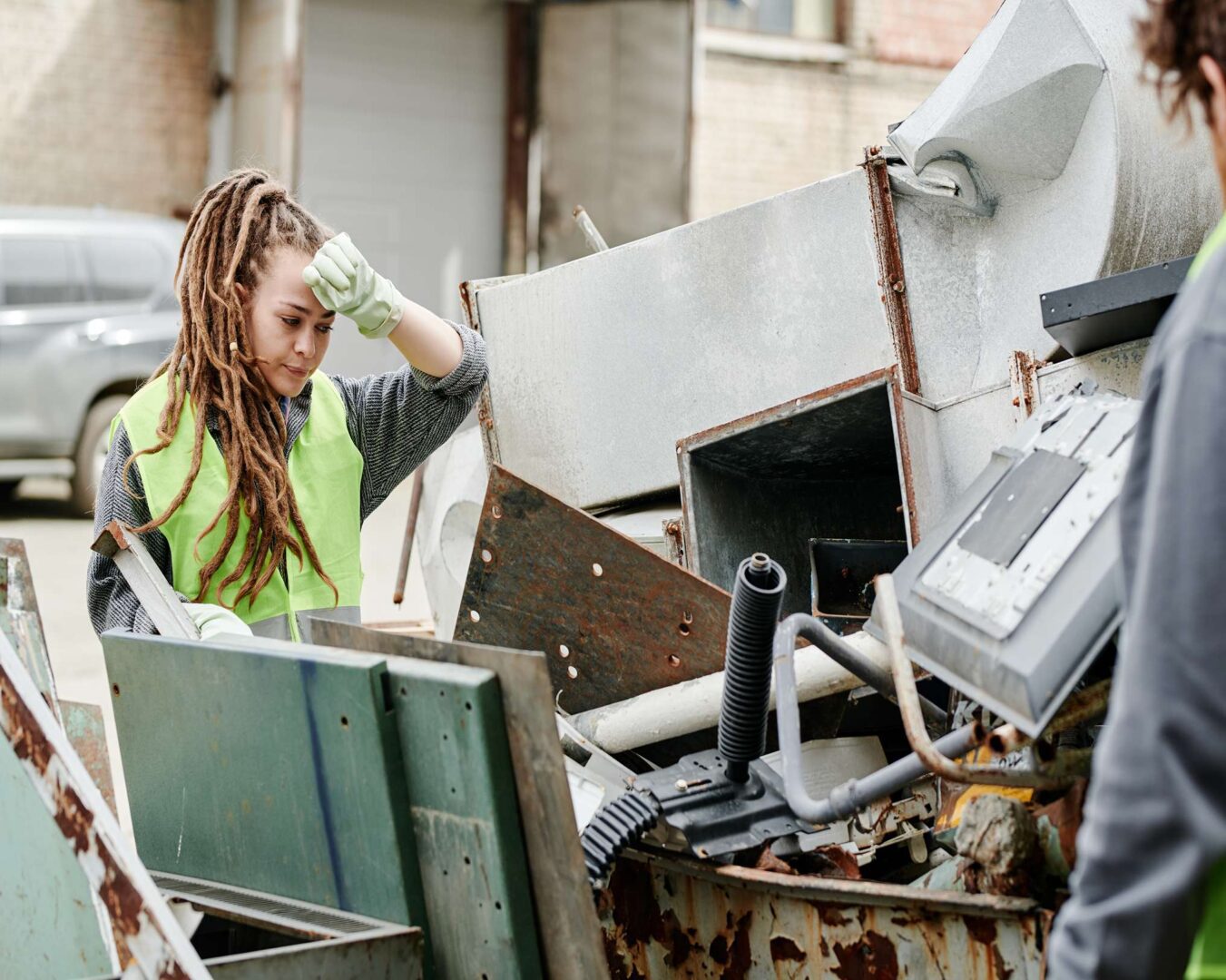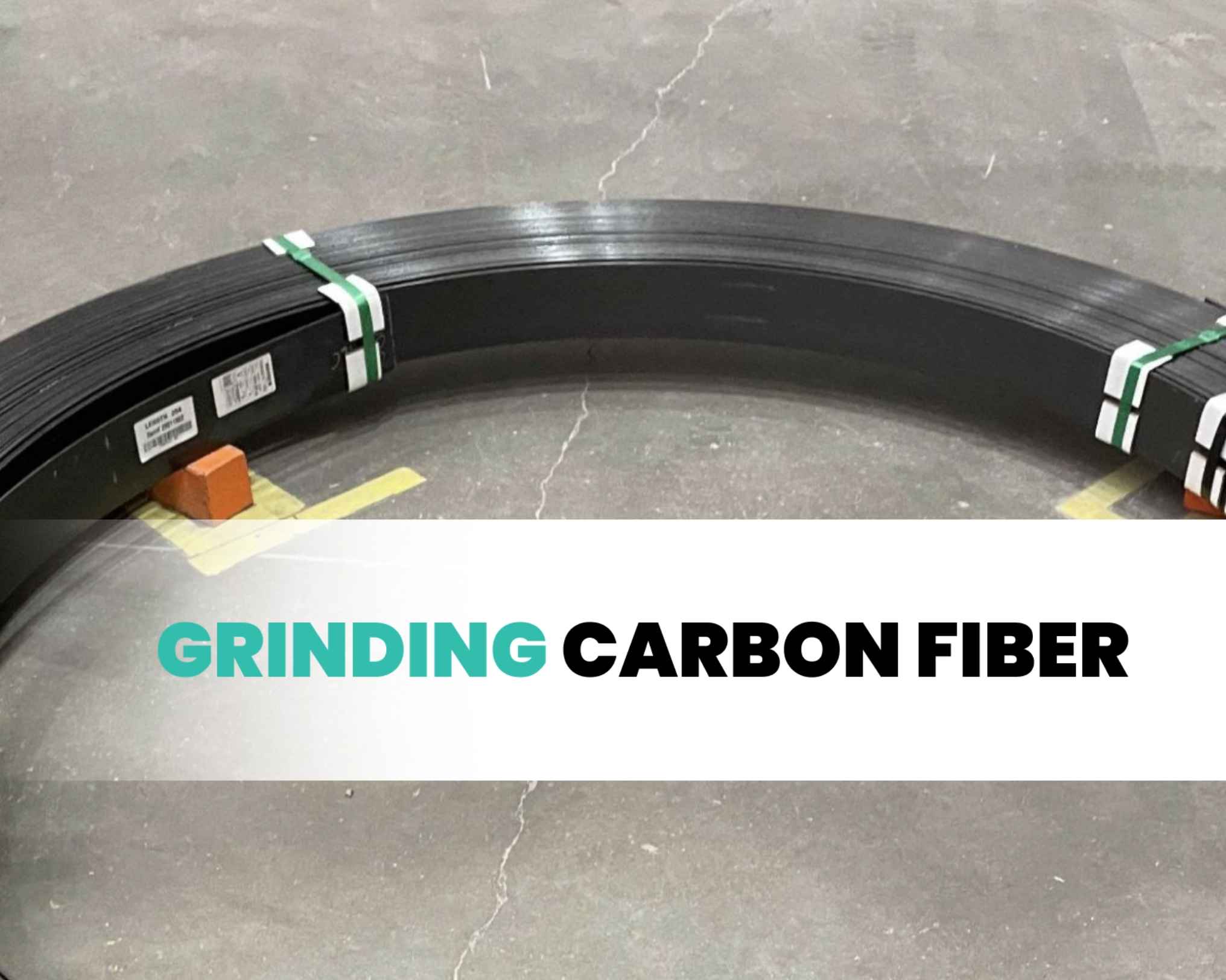Table of Contents
Beneficial Reuse vs Landfills
In the face of a global waste management crisis, we have a critical choice to make. Our options boil down to two primary methods: the traditional landfill or the transformative beneficial reuse. This exploration will unveil the curtains and will develop a deep understanding of Beneficial reuse vs Landfills.
Deep Dive into Waste Management Methods: Beneficial Reuse vs Landfills.
Unveiling Beneficial Reuse
Think of beneficial reuse as the alchemist of waste management, transforming what was once waste into something valuable. This method boasts impressive credentials:
- High environmental impact – up to 90% of waste is diverted from landfills.
- Efficient resource conservation.
- Rapid turnaround time of 2-4 days.
- Eligibility for tax credits.
The Reality of Landfills
Landfills, on the other hand, seem archaic by comparison:
- Negative environmental impact due to pollution.
- Limited economic benefits.
- Poor resource conservation.
- An indefinite turnaround time.
- No tax benefits.
The Economic and Environmental Impact: Beneficial Reuse vs Landfills.
The balance heavily tilts in favor of beneficial reuse when we pit it against landfills. By promoting waste reduction and efficient use of resources, beneficial reuse leads to up to 80% waste reduction and 95% energy savings.
When we factor in economic benefits, the equation is further strengthened. The cost savings associated with beneficial reuse can be up to 50%, while landfills are significantly more expensive. Furthermore, beneficial reuse initiatives encourage community engagement and collaboration and drive innovation and new technologies for recycling and repurposing.
The Power of Beneficial Reuse: Tangible and Significant Outcomes
The beneficial reuse approach holds a treasure trove of economic advantages. Think about an old factory site being transformed into a community park, or discarded glass bottles being repurposed into beautiful mosaics. In addition to beautifying our surroundings, these initiatives:
- Generate jobs and substantial revenue.
- Foster a sense of community responsibility.
- Encourage collaboration for environmental conservation.
- Create a platform for innovative waste management strategies.
The more we put the spotlight on beneficial reuse, the more apparent its advantages become. It’s time to recognize that this approach is not only a viable alternative but also a powerful tool for mitigating waste management issues and supporting sustainable development.
The Future Face of Waste Management: Innovation and Technology in Beneficial Reuse
Beneficial reuse not only manages waste but also drives innovation. Imagine the day when all our waste could be transformed into reusable material, thanks to technology powered by beneficial reuse. This method:
- Supports transition to a circular economy.
- Minimizes waste generation.
- Spur the development of new recycling and repurposing technologies.
- Provides an incentive to reduce waste.
It’s time for us to come together and make beneficial reuse the new face of waste management. Let’s create a better world through the power of beneficial reuse and its unprecedented opportunities for growth!
The Corporate Advantage: Reputation and Public Image Enhancement through Beneficial Reuse
Companies adopting beneficial reuse are seen as pioneers in sustainability. By choosing to convert waste into reusable resources, they demonstrate a commitment to our planet and future generations. This commitment enhances their public image, reputation, and customer appeal.
Here are some of the advantages that come with beneficial reuse:
- Creating a powerful and unique brand story.
- Attracting top talent that is passionate about the environment.
- Developing cutting-edge technology to reduce waste and increase reuse.
- Recycling resources from landfills, reducing their use and environmental impact.
With its tangible benefits, beneficial reuse can provide companies with an effective competitive edge in the market.
The Silent Benefit of Beneficial Reuse over Landfills
In the grand scheme of things, beneficial reuse also plays a vital role in mitigating climate change. By diverting waste from landfills, it significantly reduces greenhouse gas emissions, helping us preserve our planet for future generations.
The silent benefit of beneficial reuse is its potential to reduce our carbon footprint by up to 50%. This translates into a cleaner environment, reduced air and water pollution, and better public health.
Conclusion
In a world striving for sustainability, beneficial reuse offers a pathway to a better future. It trumps landfills in almost every way, offering environmental, economic, and societal benefits, and fostering innovation and climate change mitigation. Our choice is clear: Let’s make beneficial reuse our go-to approach for waste management and create a more sustainable world.




